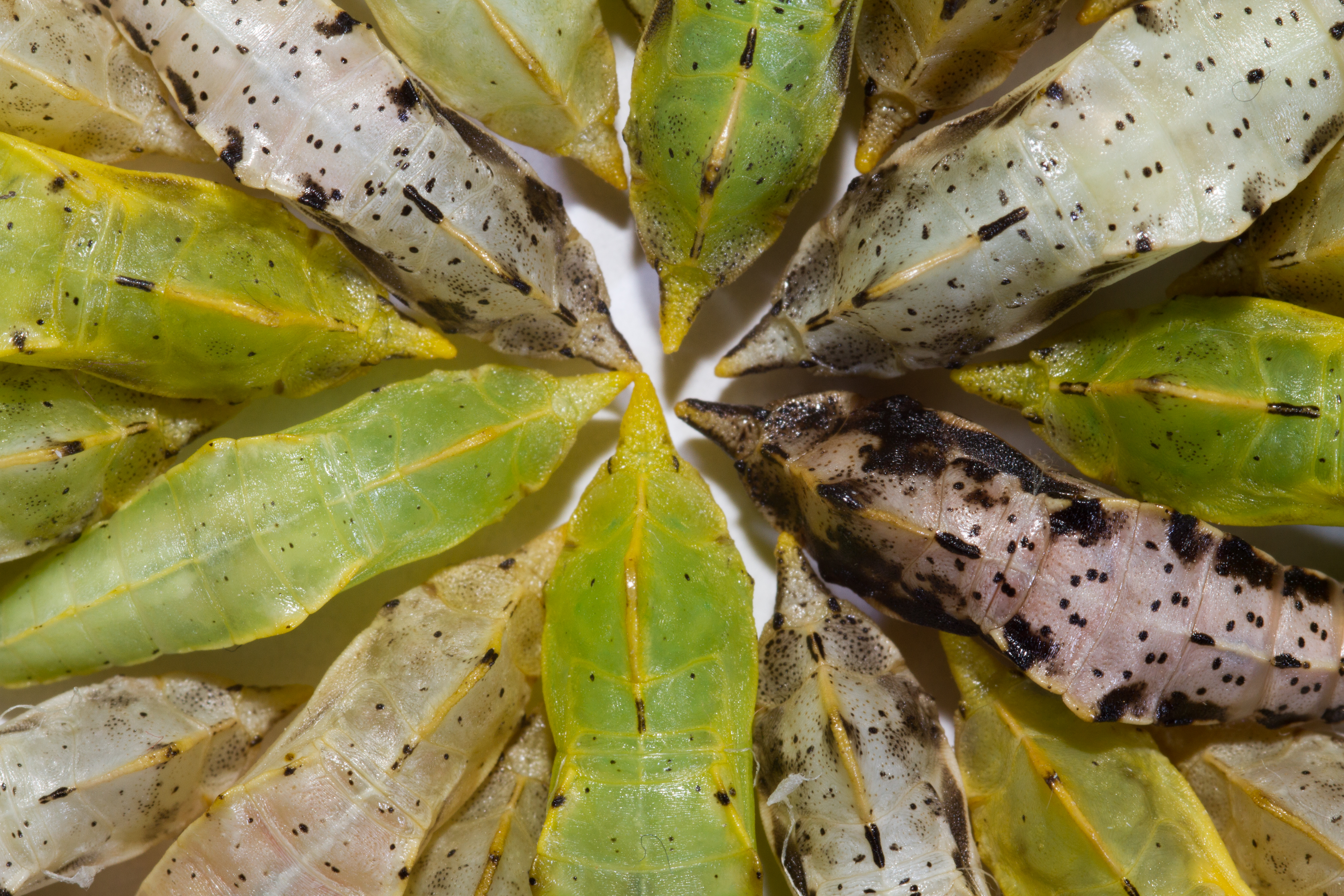Matthew Nielsen, Philipp Lehmann, and Karl Gotthard
This is a plain language summary of a Functional Ecology research article which is published here.

Many animals survive harsh seasons like winter by becoming dormant, a state in which activity and development nearly or entirely stop. Animals, especially insects, often become dormant long before winter itself begins, in autumn or even summer. The length of this prewinter dormancy depends on both when an individual becomes dormant (which varies among and within species) and when cold winter conditions begin (which varies among years and between places). The prewinter dormant period can be quite costly since dormant animals cannot eat but still use energy. Cold-blooded animals, like insects, often use more energy at high temperatures, making this part of their life cycle potentially more dangerous than winter itself. Climate change will likely increase both the length and temperature of prewinter conditions, making understanding the consequences of prewinter dormancy for survival and fitness increasingly important.
We used a lab experiment to test the consequences of long and warm conditions during the prewinter dormant period for the pupae of the green-veined white butterfly (Pieris napi). We kept dormant pupae at different combinations of temperature (15°C to 25°C) and prewinter duration (1 to 16 weeks), and then all experienced the same winter. We found that they use more energy and lose as much as 20% of their starting weight during longer and warmer prewinter periods. Although most pupae survived our prewinter treatments, pupae that experienced a long, warm prewinter dormant period were much more likely to die after winter, and those that did survive were smaller than adults from other treatments. Specifically, most pupae survived to adulthood if the prewinter dormant period had been short, cool, or both, but none survived when prewinter was both long and warm. Thus, both temperature and duration are important for understanding the consequences of the prewinter period. Overall, we found that spending a longer time at higher temperatures during prewinter dormancy is harmful for insects for two reasons: they lose more weight during prewinter and are more likely to die after winter.